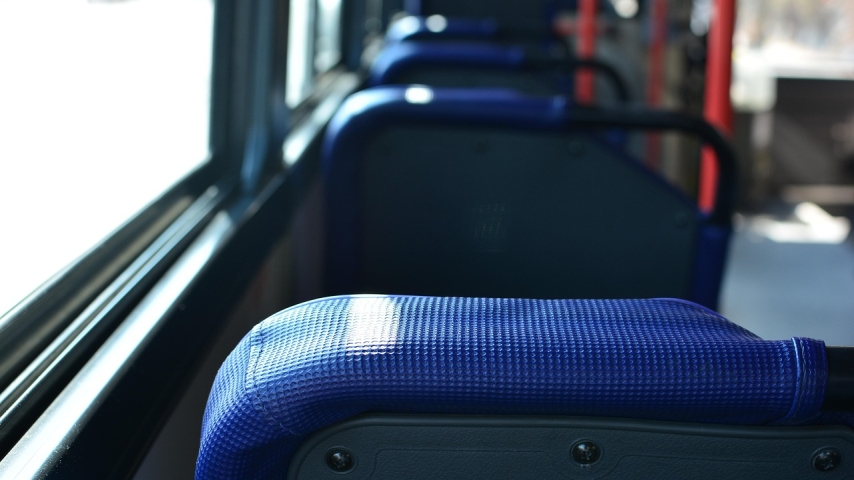
Monaco is gearing up for a transformative leap in urban transport, with a clear focus on sustainability and enhanced quality of life for residents and visitors alike. The Principality’s government has unveiled a series of forward-thinking initiatives that promise to ease congestion, promote greener travel, and maintain Monaco’s appeal as a vibrant business and tourism hub.
A standout development for summer 2025 is the pilot of a Limited Traffic Zone (ZTL), designed to manage vehicle flow more intelligently within the city. While details are still being finalized, this initiative signals Monaco’s commitment to balancing environmental concerns with urban vitality. The ZTL aims to reduce unnecessary traffic and improve air quality, preserving the Principality’s livability in an increasingly dense setting.
Monaco’s recent Grand Prix weekend served as a proving ground for new mobility solutions. The Les Salines car park demonstrated its capacity, operating at a 93% occupancy rate during peak days and accommodating over 1,600 vehicles. Online parking reservations also surged, showing strong public adoption of digital mobility tools.
Public transport is undergoing significant expansion as well. The Monaco train station now manages 124 trains daily on weekdays—a 30% increase from previous years—boosting capacity and service hours. Two additional trains will enhance this network starting in 2027, thanks to cooperation with French partners.
Meanwhile, Monaco’s bus service (CAM) is growing steadily, with ridership up 4% in 2024. The fleet’s electrification is set to complete by year-end, promising cleaner journeys. Perhaps most impressively, the bike-sharing platform MonaBike smashed records in May 2025, with over 82,000 rides—a 43% jump compared to last year—highlighting the rising popularity of active, eco-friendly travel among Monegasques.
Together, these measures represent Monaco’s strategic push toward a smarter, greener mobility future.

